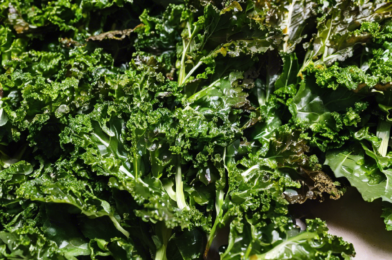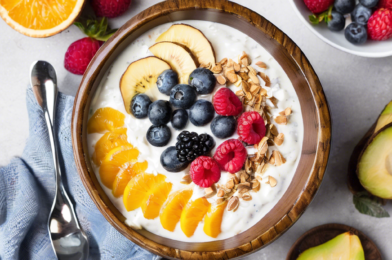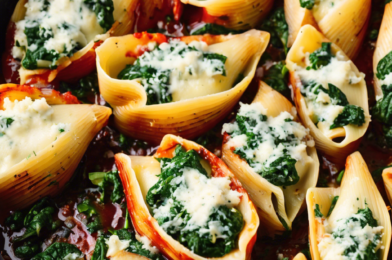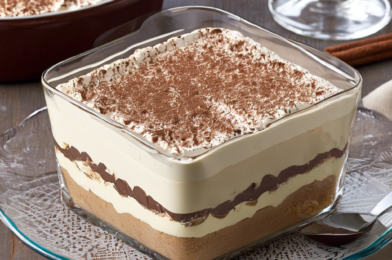There’s something wonderfully comforting about a bowl of Thai Peanut Noodles with Veggies. The harmonious blend of creamy peanut sauce, fresh vegetables,
Vegetable and Cheese Quesadillas
In the bustling world of culinary delights, few dishes bring as much joy and satisfaction as a well-crafted quesadilla. My family recently
Coconut Chia Pudding with Berries
There’s something undeniably magical about a dessert that is both indulgent and healthy, and that’s exactly what you get with Coconut Chia
Stuffed Bell Peppers with Quinoa
When I first stumbled upon the recipe for Stuffed Bell Peppers with Quinoa, I was intrigued but somewhat skeptical. After all, I
Baked Kale Chips
There’s something incredibly satisfying about discovering a healthy snack that everyone in the family enjoys. That was the case when I first
Peanut Butter Rice Krispie Treats
There’s something undeniably nostalgic about making Peanut Butter Rice Krispie Treats. As I embarked on creating this classic dessert, I was flooded
One-Pot Lemon Herb Orzo
One-pot meals have become a staple in modern kitchens, offering convenience without compromising flavor. Among these, the One-Pot Lemon Herb Orzo has
Beefless Meatballs with Marinara
There’s something truly magical about gathering around the dining table with family and friends, especially when you present a dish that surprises
Coconut Yogurt Smoothie Bowl
As someone who has always cherished the vibrant and health-centric world of smoothie bowls, the Coconut Yogurt Smoothie Bowl stands out as
Spicy Edamame
Spicy Edamame has become a beloved dish in my household, transforming a simple snack into an exciting flavor adventure. When I first
Spinach and Ricotta Stuffed Shells
Spinach and Ricotta Stuffed Shells is a beloved dish in my household, bringing smiles to the dinner table every time it is
Classic Tiramisu (Alcohol-Free)
There’s something undeniably captivating about a classic tiramisu. This Italian dessert, with its layers of coffee-soaked ladyfingers, creamy mascarpone cheese, and a












